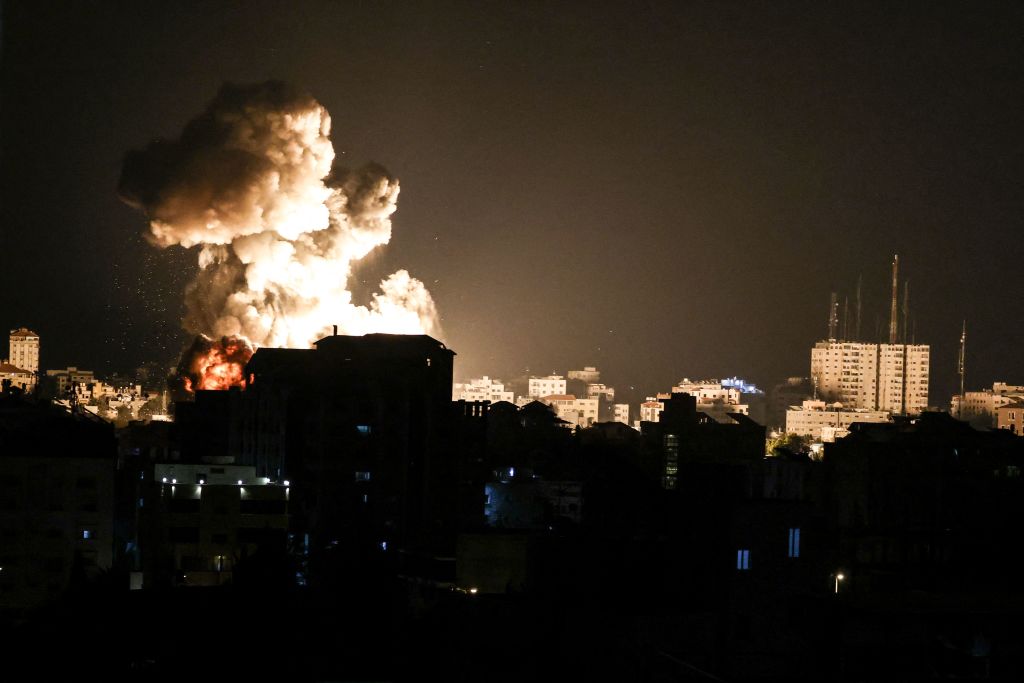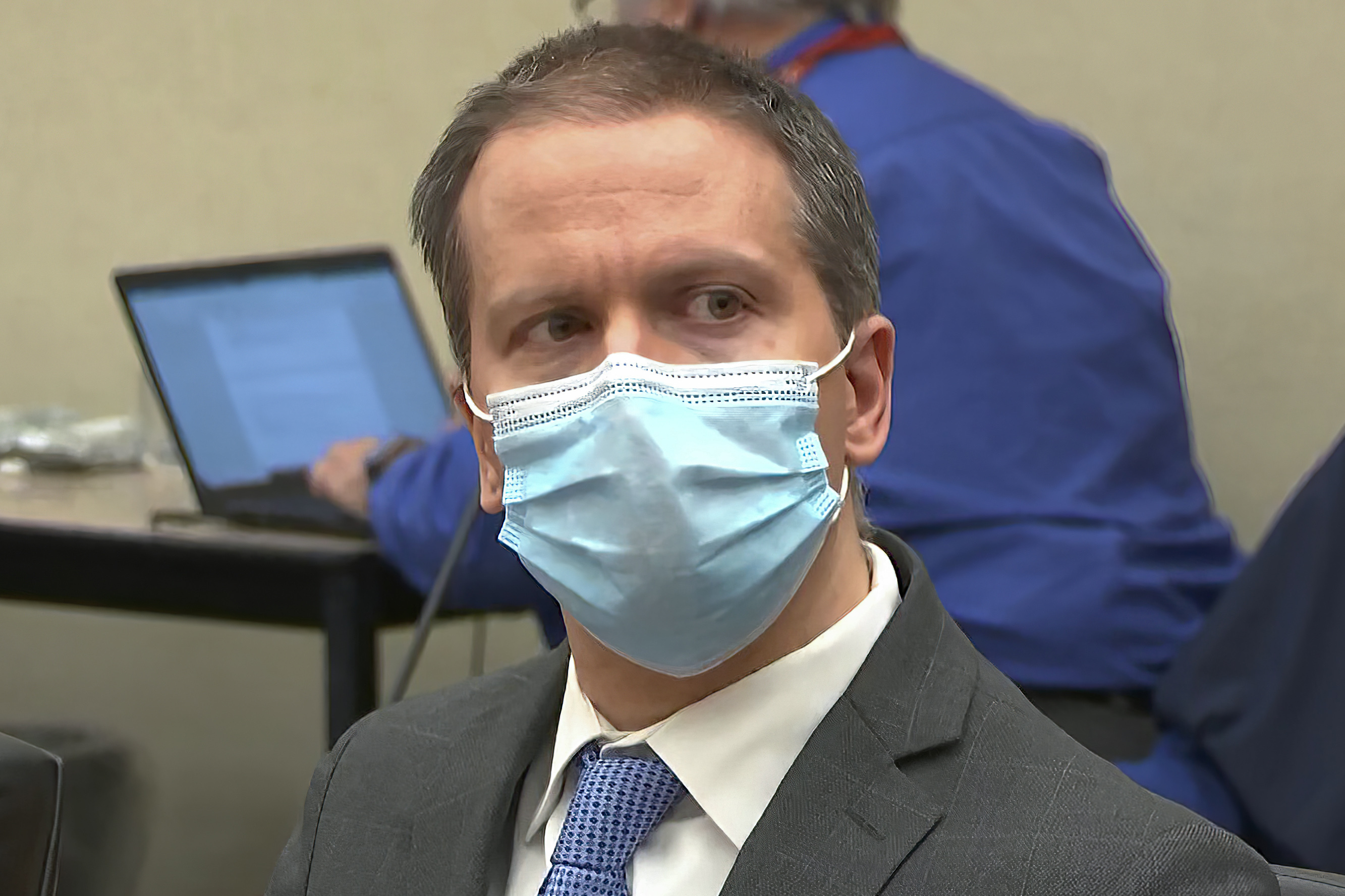America's biggest motorcycle rally and the mirage of the violent gang apocalypse
What I learned at the Sturgis Motorcycle Rally


STURGIS, South Dakota — This was supposed to be the biggest week ever. The 75th year of the Sturgis Motorcycle Rally. The Granddaddy of the Granddaddy of them all.
Come the first week of August, this small South Dakota town of 6,900 was to be overrun by a horde a million strong, the metal apocalypse descending from the Black Hills, bearded brutes mounted on gleaming, death-roaring Harley-Davidsons as their sex-crazed female passengers, with their breasts painted the colors of the American flag, screamed at the moon. There were even rumors that the Bandidos and the Cossacks would converge for a revenge brawl after the gang fight in Waco, Texas, earlier this year left nine dead and dozens injured. Everyone agreed it was going to be a bad one. The worst ever.
Over the years, Hell's Angels have gunned down Outlaws in Custer State Park. Sons of Silence members have shot and stabbed Outlaws in a Sturgis tavern. But to stand at the railing of the Easy Rider bar overlooking the street on the first weekend of the rally, to stand among these people — well, it puts the lie to all the fear and loathing of Sturgis biker culture.
The Week
Escape your echo chamber. Get the facts behind the news, plus analysis from multiple perspectives.

Sign up for The Week's Free Newsletters
From our morning news briefing to a weekly Good News Newsletter, get the best of The Week delivered directly to your inbox.
From our morning news briefing to a weekly Good News Newsletter, get the best of The Week delivered directly to your inbox.
A lot of what you think you know about motorcycle gangs is wrong. Walk through downtown Sturgis during the rally, and the only patches you see belong to the Christian motorcycle clubs. Gray-goateed men in black leather and bandannas help their ladies take off their studded, leather pony-tail sheaths. Everyone wears sporty sunglasses. The riders hail from varied socioeconomic backgrounds, though yes, far and away the majority of rally goers are white.
The street smells like barbecue and exhaust; it sounds like engines and bottles tossed onto other bottles. Police are stationed at the end of every block. They arrive in a paddy wagon that stays empty during most of the day, but is there when it's needed. Over the entire week, the cops made 246 non-traffic arrests and 212 traffic arrests. That's a lot — and more than last year. And this was the deadliest rally on record, with 17 rally-related traffic deaths, counting deaths in South Dakota and Wyoming. But many of the accidents were self-inflicted and involved single bikes, often as the result of control problems, namely the loss of it.
A violent gang apocalypse, this was not.
Police said there were no stabbings, shootings, or major violent assaults at this year's rally. Maybe that's because some motorcycle gangs, many sworn enemies, chose to have their annual meetings elsewhere. For example, the Hells Angels had their convention in Clarksville, Virginia, this year, thousands of miles away. Or it might just be that these people are just like you and me and want to have a good time without stabbing or shooting each other.
A free daily email with the biggest news stories of the day – and the best features from TheWeek.com
I spoke with an older woman who had lived in Sturgis her whole life. She said it used to be the rally-goers would come the weekend before, stay through the week, then leave the next weekend. Now they stay for a whole month, she said.
There were probably 1 million rally goers in Sturgis this year. But before they settle on an official estimate, the city will spend months counting people in pictures, analyzing traffic data, and tallying up how much trash the bikers left behind.
I've heard that the real action is in the campgrounds. But I decided to avoid the Buffalo Chip when I saw that press had to sign a waiver agreeing that: "The undersigned will not videotape or photograph any person who appears in a state of nudity or semi-nudity. Nudity and semi-nudity are defined as: (1) Less than completely and opaquely covered human genitals, anus, or female breasts at or below the top of the areola; or (2) Human male genitals in a discernibly turgid state, even if completely and opaquely covered." It also demanded that "interviews taking place at the Chip shall be identified as having taking place at 'The Legendary Buffalo Chip' or the 'Sturgis Buffalo Chip.' No other representation is acceptable."
We saw plenty of off-color behavior in the bars. Buddies taking body shots off of traveling strippers, for example. I didn't see anything wrong with any of it. Everyone thought Sturgis was going to devolve into slobbering drunken mayhem. But it seemed to me that most of these people just got drunk and then got tired.
Rural America has changed. The farm kids have grown up, moved to town, and traded their tractors for choppers. Now they find their community in places like Sturgis and Daytona, the nation's second-largest motorcycle event. While bands like Diamond Rio and Sawyer Brown still play the Saturday night county fair circuit, new outlaw country star Brantley Gilbert rocks the motorcycle rally campgrounds, just as soon as the homemade bikini contestants vacate the stage. That country twang sounds poor. No country kid wants to be associated with poverty. Leather, chrome, and loud engines are far more seductive.
In a time when anti-government vitriol is dressed up as patriotism, outlaw culture has never been more relevant, or attractive. There is something deeply American about the scene.
But fear not. No motorcycle gang revolution is going to explode. There are still more strippers to pay, more body shots to take, more tires to blow in burnouts. There is anger here, and dissatisfaction, that the country is not headed in the right direction. But it dissipates as soon as the biker takes to the road. Like the heat lines shimmering off the hot black top, it's all a mirage.
Bart Schaneman is the managing editor of the Scottsbluff Star-Herald in western Nebraska. He's also the author of the collection of essays Someplace Else: On Wanderlust, Expatriate Life, and the Call of the Wild and the travelogue Trans-Siberian. Find him on Twitter @bartschaneman.
-
 Political cartoons for January 4
Political cartoons for January 4Cartoons Sunday's political cartoons include a resolution to learn a new language, and new names in Hades and on battleships
-
 The ultimate films of 2025 by genre
The ultimate films of 2025 by genreThe Week Recommends From comedies to thrillers, documentaries to animations, 2025 featured some unforgettable film moments
-
 Political cartoons for January 3
Political cartoons for January 3Cartoons Saturday's political cartoons include citizen journalists, self-reflective AI, and Donald Trump's transparency
-
 'Once the best in the Middle East,' Beirut hospital pleads for fuel as it faces shutdown
'Once the best in the Middle East,' Beirut hospital pleads for fuel as it faces shutdownSpeed Read
-
 Israeli airstrikes kill senior Hamas figures
Israeli airstrikes kill senior Hamas figuresSpeed Read
-
 An anti-vax conspiracy theory is apparently making anti-maskers consider masking up, social distancing
An anti-vax conspiracy theory is apparently making anti-maskers consider masking up, social distancingSpeed Read
-
 Fighting between Israel and Hamas intensifies, with dozens dead
Fighting between Israel and Hamas intensifies, with dozens deadSpeed Read
-
 United States shares 'serious concerns' with Israel over planned evictions
United States shares 'serious concerns' with Israel over planned evictionsSpeed Read
-
 Police raid in Rio de Janeiro favela leaves at least 25 dead
Police raid in Rio de Janeiro favela leaves at least 25 deadSpeed Read
-
 Derek Chauvin's attorney files motion for new trial
Derek Chauvin's attorney files motion for new trialSpeed Read
-
 At least 20 dead after Mexico City commuter train splits in overpass collapse
At least 20 dead after Mexico City commuter train splits in overpass collapseSpeed Read
